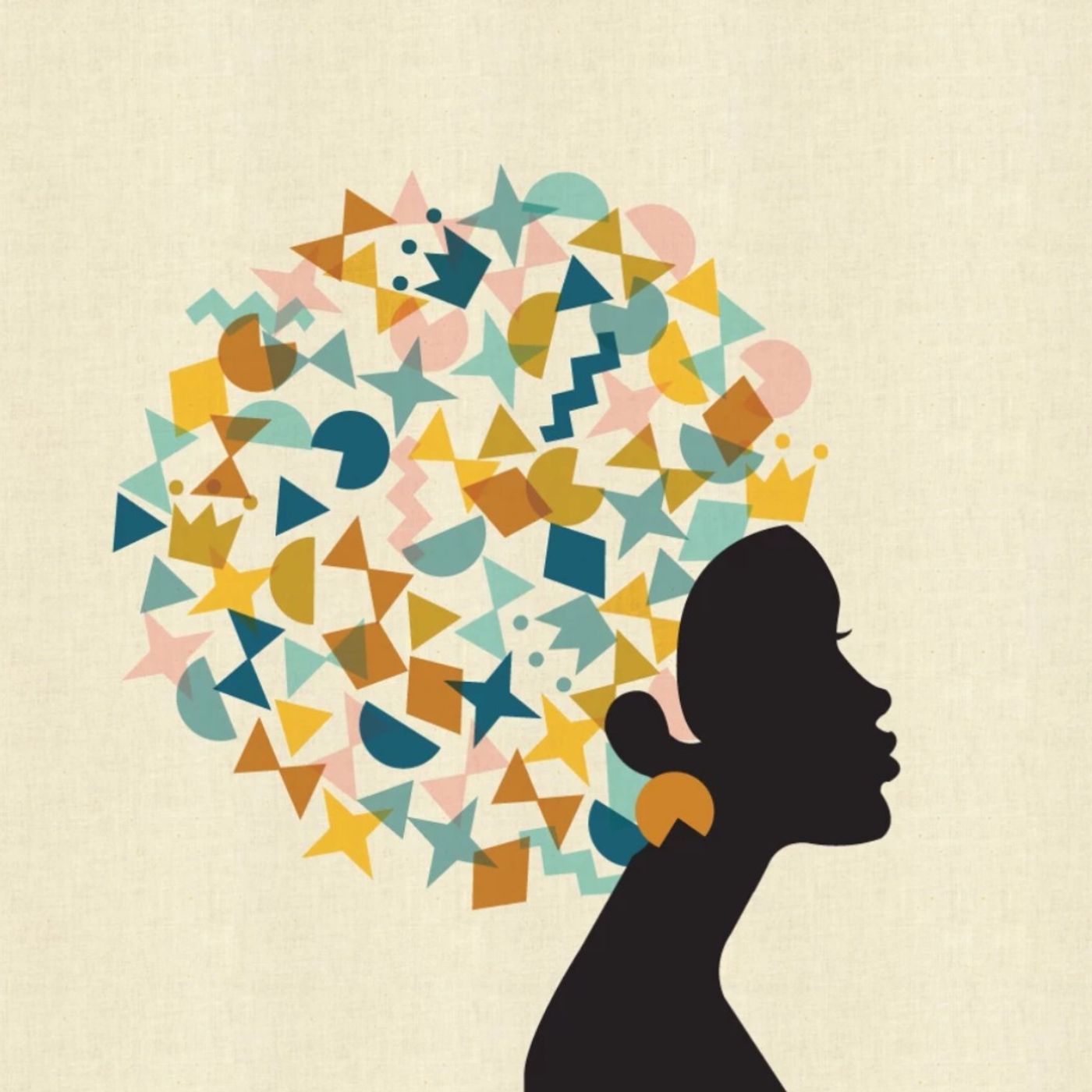e bond’s webpage
e bond’s Creativebug classes
e bond’s Glyph fabric collection from Free Spirit fabrics
Writers mentioned from Glyph fabric collect: Nella Larsen, Phillis Wheatley, Maya Angelou, Octavia Butler, Lorraine Hansberry, Lucille Clifton
Tracy K Smith former host of The Slowdown podcast and author of Declaration
Ada Limón, poet and current host of The Slowdown podcast
Black authors Lisa mentions teaching: Zora Neale Hurston, Dorothy West, Ann Petry, Tayari Jones, Gwyndolyn Brooks (Maud Martha), Kevin Quashie (The Sovereignty of Quiet: Beyond Resistance in Black Culture)
June Jordan on Philis Wheatley
In the Wake: On Blackness and Being by Christina Sharpe
Plum Bun: A Novel Without a Moral, There Is Confusion, by Jessie Redmon Fauset
e bond’s cousin, Sarah Bond’s conversation “Threads Across Time” on Stitch Please in July 2021
BlackWomenStitch Instagram, homepage, Patreon
Sign up for the Black Women Stitch quarterly newsletter
Check out our merch here
Leave a BACKSTITCH message and tell us about your favorite episode.
Join the Black Women Stitch Patreon
Check out our Amazon Store
Stay Connected:
YouTube: Black Women Stitch
Instagram: Black Women Stitch
Facebook: Stitch Please Podcast



